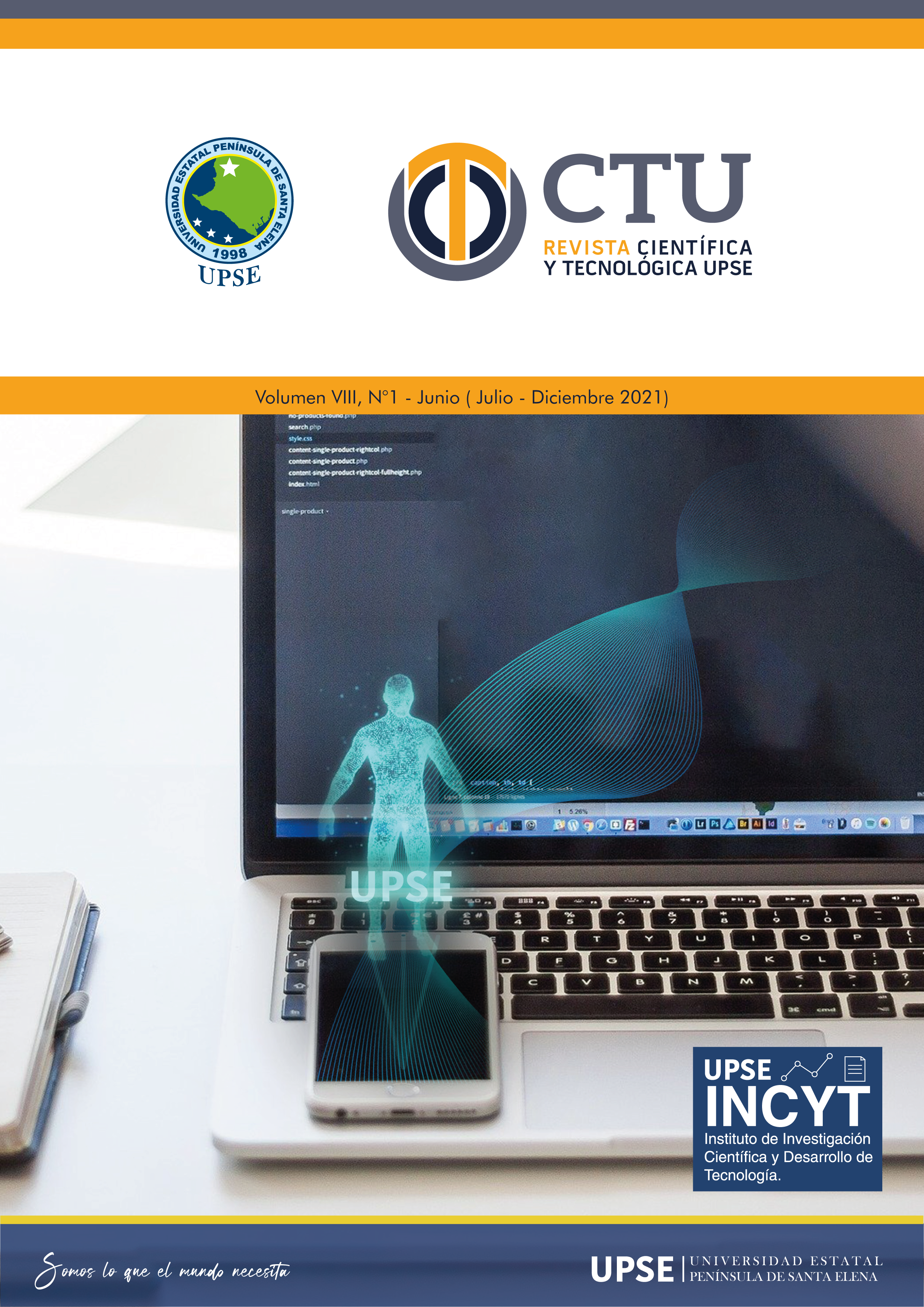El sector florícola del Ecuador y su aporte a la balanza comercial agropecuaria: periodo 2009 – 2020
DOI:
https://doi.org/10.26423/rctu.v8i1.549Palabras clave:
Sector florícola, Balanza Comercial Agropecuaria, Exportaciones, Free On Board (FOB), Producto Interno BrutoResumen
El comercio exterior es fundamental para los países, siendo un soporte principal en el crecimiento económico y desarrollo social. El sector florícola es una industria fuerte y dinámica, se considera un rubro importante generador de divisas en muchos países desarrollados y en vías de desarrollo. La investigación de este trabajo consiste en determinar el comportamiento del sector florícola sobre la Balanza Comercial Agropecuaria durante el período 2009 hasta marzo 2020, mediante análisis de datos históricos de dicho sector. La metodología es tipo descriptiva, longitudinal y cuantitativa, utilizando una técnica de investigación documental y de observación para la recopilación de información y base de datos obtenidos en la página web del Ministerio de Agricultura y Ganadería y el Banco Central del Ecuador. Como resultado se determinó que el sector florícola aportó de manera positiva, en el primer trimestre del año 2020 con una participación de un 7.43%, generando grandes ingresos contribuyendo a la Balanza Comercial Agropecuaria,, considerado un producto de gran ventaja competitiva.
Descargas
Publicado
Número
Sección
Licencia
El titular de los derechos de autor de la obra, otorga derechos de uso a los lectores mediante la licencia Creative Commons Atribución-NoComercial-CompartirIgual 4.0 Internacional. Esto permite el acceso gratuito inmediato a la obra y permite a cualquier usuario leer, descargar, copiar, distribuir, imprimir, buscar o vincular a los textos completos de los artículos, rastrearlos para su indexación, pasarlos como datos al software o usarlos para cualquier otro propósito legal.
Cuando la obra es aprobada y aceptada para su publicación, los autores conservan los derechos de autor sin restricciones, cediendo únicamente los derechos de reproducción, distribución para su explotación en formato de papel, así como en cualquier otro soporte magnético, óptico y digital.












